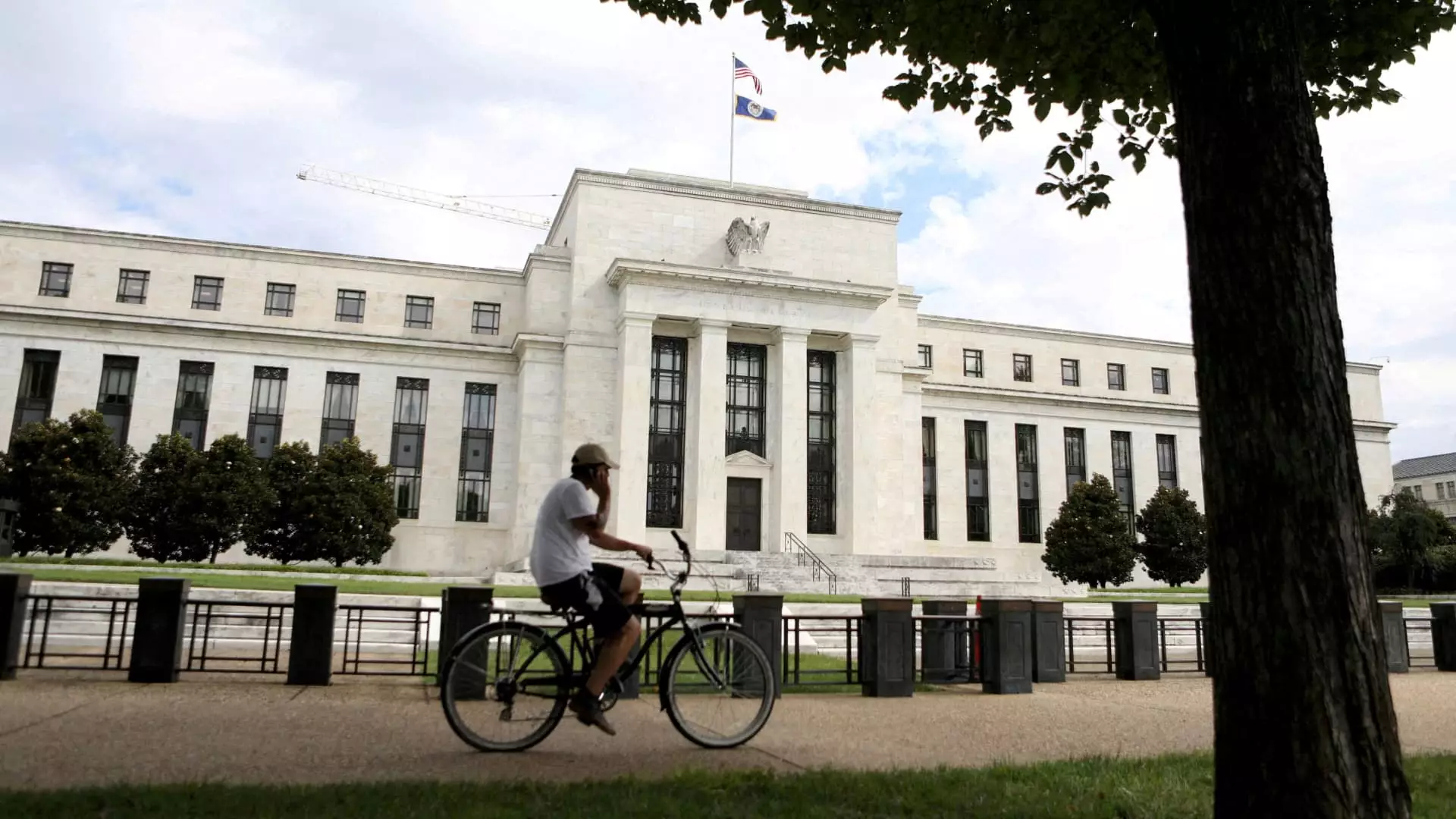The landscape of global monetary policy is witnessing significant transformations, particularly as central banks navigate the complexities of inflation, economic recovery, and geopolitical pressures. A recent report by Fitch Ratings sheds light on the anticipated easing cycle of the U.S. Federal Reserve and draws comparisons with trends emerging in Asia, spotlighting the differentiated strategies adopted by various central banks.
Fitch Ratings anticipates that the U.S. Federal Reserve will embark on an easing cycle described as “mild” by historical benchmarks. The agency has forecasted a series of benchmark rate cuts that include reductions of 25 basis points each in September and December of this year, with further cuts anticipated in subsequent years. Specifically, Fitch foresees a cumulative downgrade of 250 basis points over a series of ten rate moves extending into 2026. This easing trajectory starkly contrasts with the Fed’s historical average reduction of 470 basis points during previous cycles, where the median duration of such easing was around eight months.
The cautious cadence of the Fed’s policy adjustment primarily derives from lingering inflation concerns. Despite a recent decline in consumer prices, the current Consumer Price Index (CPI) remains above the Fed’s target of 2%. Observations made by Fitch highlight that the decline in core inflation has been largely influenced by transient factors, particularly falling automobile prices, underscoring the Fed’s challenges in fully addressing inflation dynamics.
Current Inflation Metrics and Future Projections
As reported by the Labor Department, U.S. inflation showed signs of moderation, descending to 2.5% year-on-year in August—its lowest figure since early 2021. Nonetheless, the month-on-month increase of 0.2% from July and the core inflation rise of 0.3% suggest that inflationary pressures persist in the economy. The Federal Open Market Committee (FOMC) members are likely to retain a cautious stance, propelled by the lessons learned from past inflation battles that unfolded over the last three and a half years. Fitch notes that the evolving understanding of inflation’s drivers compels a meticulous approach in policy formulation.
Looking further afield, Fitch’s analysis indicates varying monetary policy responses across Asia, with China poised for further rate cuts in light of economic headwinds. The surprising 20 basis point cut by the People’s Bank of China (PBOC) in July reflects a shift in strategy to combat entrenched deflationary pressures and dampened consumer demand. Fitch forecasts a grim inflation outlook for China, projecting a mere 0.5% inflation rate in 2024 compared to previous estimates. Coupled with the ongoing declines in producer, export, and housing prices, and dropping bond yields, the PBOC appears well-positioned to implement additional cuts, with expectations of further rate adjustments in 2024 and 2025.
In stark contrast to China’s easing approach, Japan’s monetary policy is trending in the opposite direction. The Bank of Japan (BOJ) has surprised market observers by raising rates more aggressively than previously anticipated, largely in response to persistent core inflation pressures. This ongoing upward trajectory in wages and prices marks a departure from the stagnation experienced during Japan’s “lost decade” of the 1990s. Fitch analyses speculate that the BOJ’s commitment to fostering a “virtuous wage-price cycle” reinforces its confidence in pushing its benchmark rate to 1% by the end of 2026.
The findings presented in Fitch Ratings’ report offer a compelling view of the delicate balance that central banks must maintain in response to evolving economic realities. While the U.S. Federal Reserve looks to navigate its easing cycle with caution amidst unyielding inflation concerns, Asian economies exhibit contradictory tendencies in their monetary policies, shaped by their unique economic landscapes.
As the global economy continues to grapple with post-pandemic challenges, geopolitical tensions, and shifting consumer trends, the actions taken by central banks will be crucial in shaping not only their national economies but also the interconnected global financial system. The path forward will demand sagacious policy adjustments and a keen understanding of inflation dynamics, ensuring that the lessons learned will guide monetary policy decisions in the years to come.

